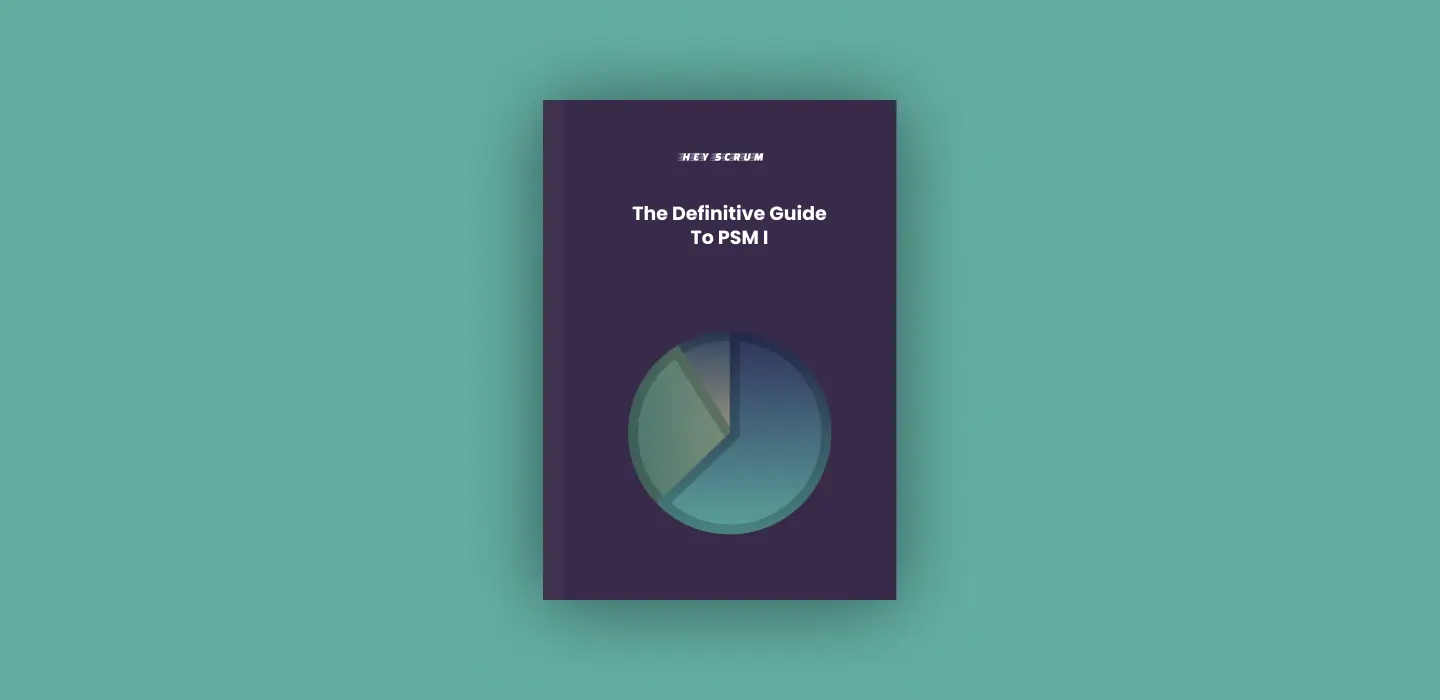Ordering the Product Backlog in Scrum
In Scrum, the Product Backlog is a dynamic list of work items that need to be completed for the product. It is the responsibility of the Product Owner to ensure that the Product Backlog is well-ordered to maximize value and align with the Scrum Team’s capacity.
Exam Question
The Product Backlog is ordered by: (choose the best answer)
- A. Whatever is deemed most appropriate by the Product Owner.
- B. Least valuable items at the top to most valuable at the bottom.
- C. Size, where small items are at the top and large items are at the bottom.
- D. Items are randomly arranged.
- E. Risk, where safer items are at the top, and riskier items are at the bottom.
Correct Answer
A. Whatever is deemed most appropriate by the Product Owner.
Explanation
Why A is Correct
A. Whatever is deemed most appropriate by the Product Owner: The Product Owner is responsible for ordering the Product Backlog in a way that maximizes the value delivered by the Scrum Team. The ordering of the Product Backlog items takes into account various factors such as business value, risk, dependencies, and priority. The Product Owner uses their judgment to order the items in a way that best serves the product’s goals and stakeholder needs.
Why B, C, D, and E are Incorrect
B. Least valuable items at the top to most valuable at the bottom: This is contrary to the principle of maximizing value. Valuable items should be addressed sooner rather than later.
C. Size, where small items are at the top and large items are at the bottom: Size is not the primary factor for ordering. Value, risk, and dependencies are more important considerations.
D. Items are randomly arranged: Random arrangement does not align with the goal of maximizing value and would likely lead to inefficiencies and misaligned priorities.
E. Risk, where safer items are at the top, and riskier items are at the bottom: While risk is a factor, it is not the sole criterion for ordering the Product Backlog. The Product Owner balances risk with other considerations such as value and dependencies.
Key Points
- Product Owner’s Role: The Product Owner is responsible for ordering the Product Backlog to maximize value.
- Factors Considered: The Product Owner considers various factors such as business value, risk, dependencies, and stakeholder needs when ordering the Product Backlog.
- Flexibility: The Product Owner uses their judgment to order the Product Backlog in a way that best aligns with the product goals.
Responsibilities in Scrum
- Product Owner: Ensures the Product Backlog is ordered and refined to maximize value and align with the team’s capacity. The Product Owner takes into account various factors to determine the most appropriate ordering.
- Scrum Master: Facilitates communication and ensures the Scrum framework is followed, supporting the Product Owner in their role.
- Developers: Collaborate to complete all tasks necessary to deliver a potentially shippable Increment, aligning their work with the ordered Product Backlog and the Sprint Goal.
Relevance to the PSM I Exam
Understanding how the Product Backlog is ordered is crucial for the PSM I exam. This knowledge ensures that you recognize the importance of the Product Owner’s role in maximizing value and how different factors influence the ordering of the Product Backlog.
Conclusion
The Product Backlog is a vital component of the Scrum framework, and its ordering is crucial for maximizing value and aligning with the product goals. The Product Owner uses their judgment to order the Product Backlog, considering various factors such as business value, risk, dependencies, and stakeholder needs. This approach ensures that the most valuable work is prioritized, and the Scrum Team can deliver the highest value possible.
For comprehensive preparation and practice exams, check out PSM I Exam Prep to enhance your understanding and application of Scrum principles.



